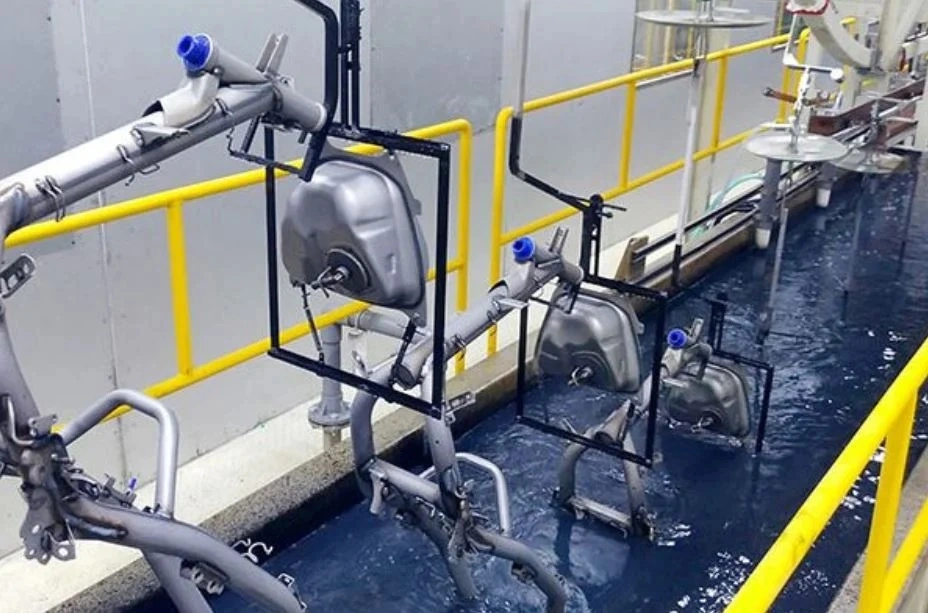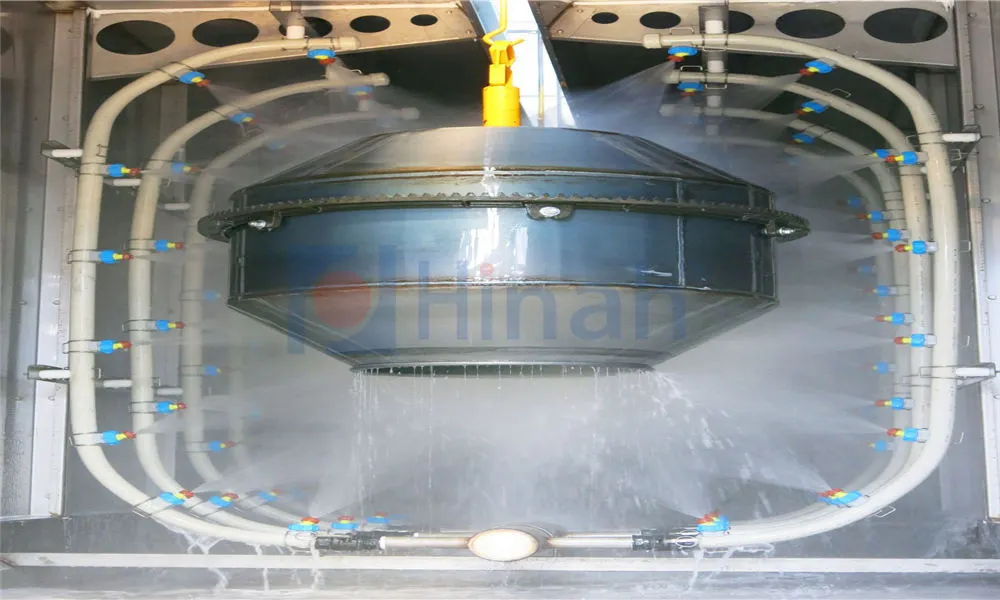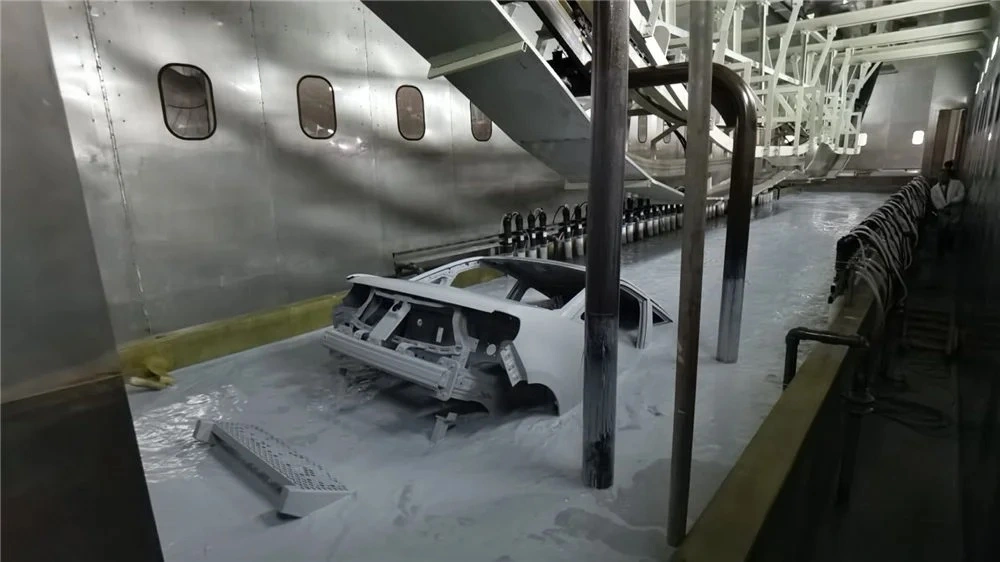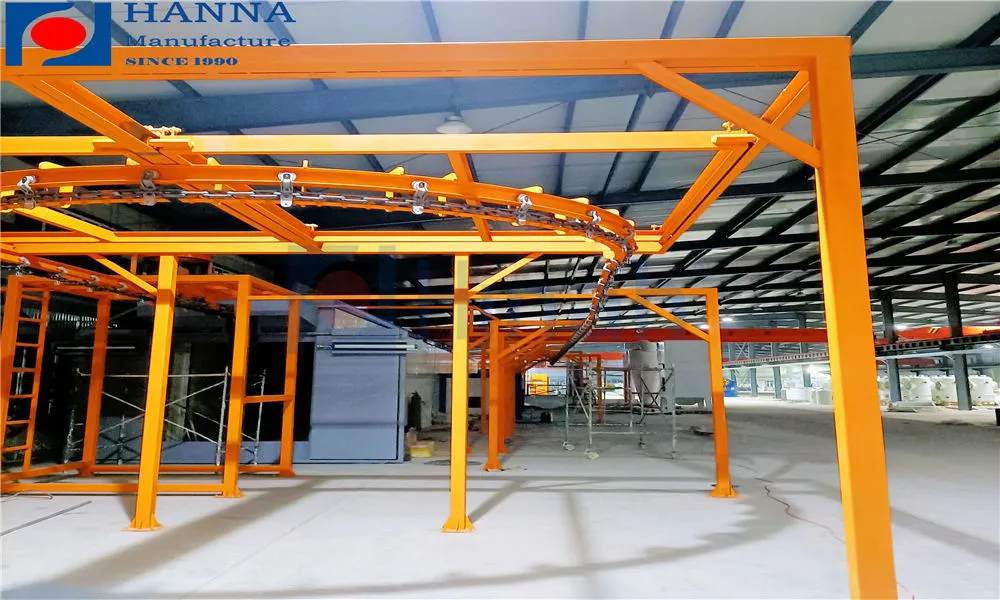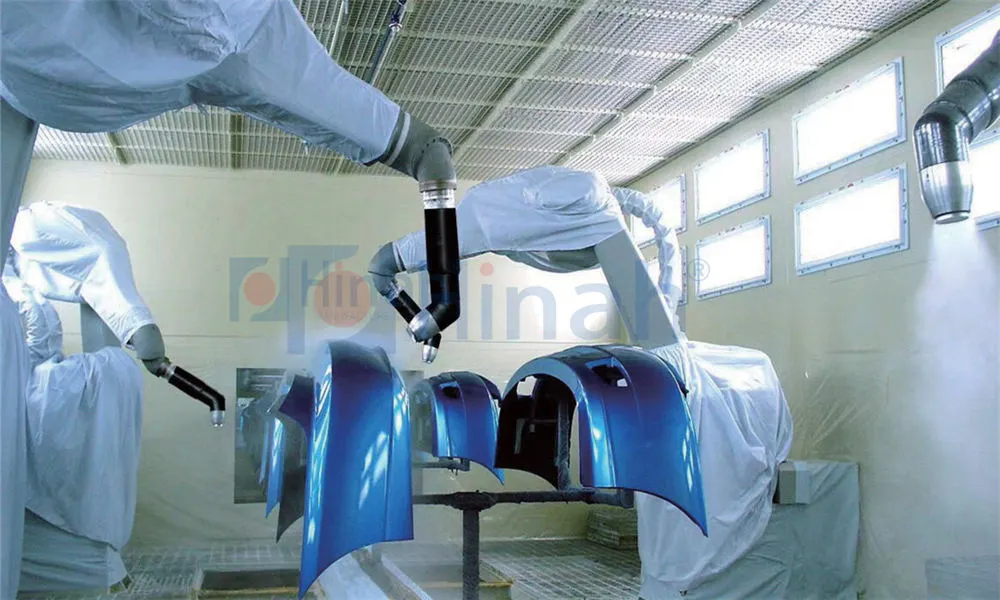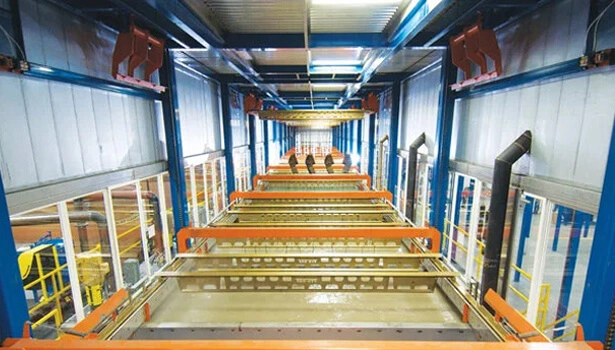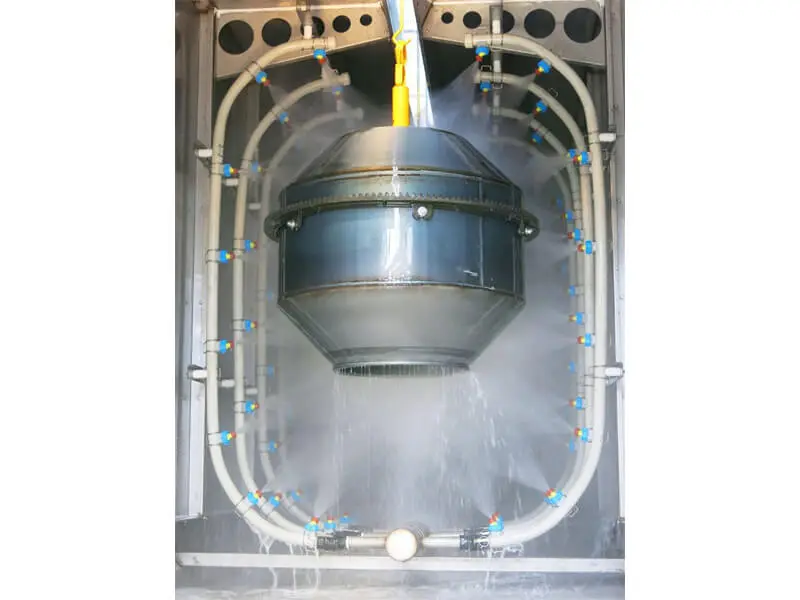In today's competitive manufacturing landscape, achieving a flawless, durable, and efficient finish on products is paramount. This is where the painting robot has become an indispensable asset. Moving beyond traditional manual methods, these automated systems offer unparalleled consistency, reduce waste, and significantly boost productivity. Whether applying liquid paints or sophisticated powder coatings, the adoption of robotic automation is transforming factory floors. This article delves into the world of automated painting, focusing on the specifics of powder coating robot technology, how to select among leading powder coating robot manufacturers, what to expect regarding industrial painting robot price, and the critical role of powder coating robot integration services.
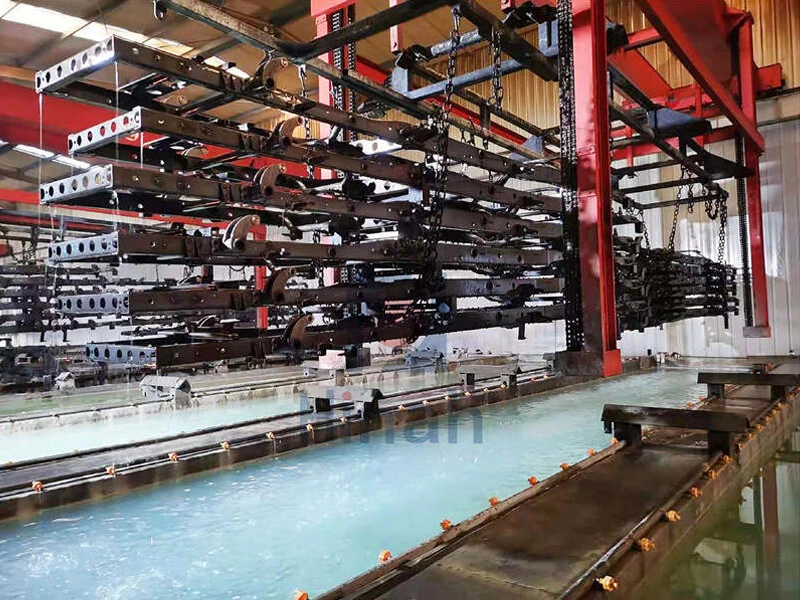
What is a Painting Robot and Why Your Facility Needs One
A painting robot is an industrial robotic arm equipped with specialized applicators, pumps, and software designed to automate the application of paint, sealants, or coatings. These robots are typically six-axis articulated arms, providing the flexibility to reach complex angles and geometries on a part, ensuring complete and even coverage.
The benefits are substantial:
Unmatched Quality and Consistency: Every movement is programmed and repeated with microscopic precision, eliminating human error and variation. This results in a perfect finish on every single part, dramatically reducing rejects and rework.
Dramatic Increase in Efficiency and Output: Robots can work continuously without breaks, drastically increasing throughput and enabling 24/7 production schedules.
Significant Material Savings: Advanced software controls the flow of material, minimizing overspray and waste. This is especially critical with expensive coatings and is a major selling point for a powder coating robot, where overspray can often be recycled.
Enhanced Worker Safety: Automating the painting process removes human operators from hazardous environments, limiting their exposure to toxic fumes, combustible materials, and airborne particulates.
The Advantages of Using a Powder Coating Robot
While painting robots handle various liquids, the powder coating robot represents a particularly efficient and environmentally friendly application. Powder coating involves applying a dry, electrostatically charged powder to a surface, which is then cured under heat to form a hard, protective layer.
Integrating a robot into this process amplifies its benefits:
Superior Uniformity on Complex Parts: Achieving an even layer of powder on parts with complex geometries, deep recesses, or sharp edges is challenging manually. A powder coating robot can be programmed to maintain the perfect distance and orientation for each section of the part, ensuring consistent film thickness everywhere.
Maximized Powder Utilization and Recycling: The precision of a robot drastically reduces overspray. Furthermore, the overspray from powder coating can be collected and reused, pushing material utilization rates to over 95% in optimized systems. This efficiency directly impacts the return on investment.
Flawless Finish for Critical Products: Industries like automotive, aerospace, and high-end appliances cannot afford any finish defects. Robotic powder coating guarantees a flawless, high-quality finish that meets the most stringent industry standards.
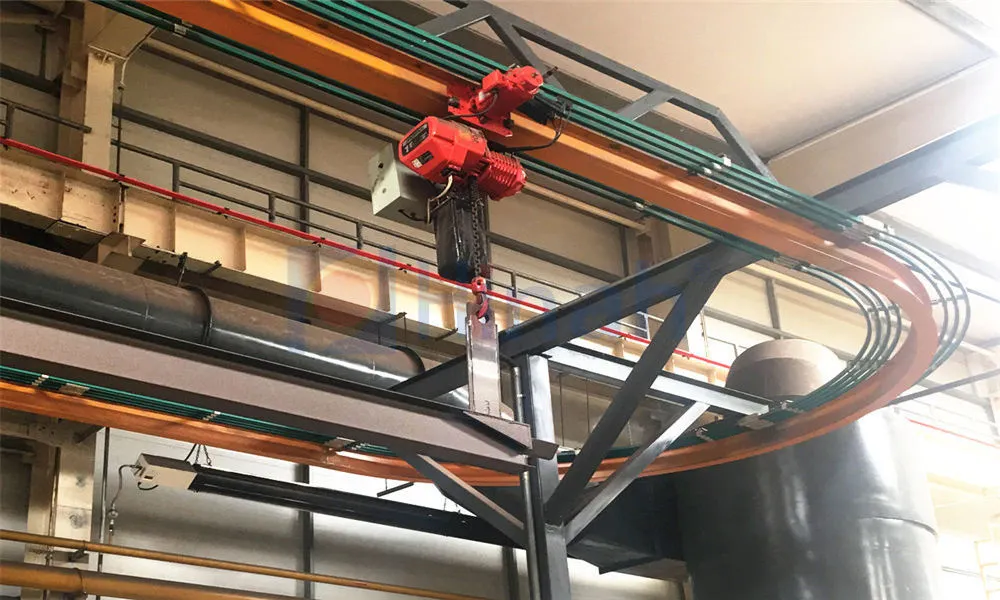
Selecting Among Top Powder Coating Robot Manufacturers
Choosing the right partner is as crucial as selecting the technology itself. The market for powder coating robot manufacturers is diverse, ranging from global industrial automation giants to specialized integrators.
Key players and considerations include:
Major Robotics Corporations: Companies like FANUC, Yaskawa (Motoman), ABB, and KUKA are titans in the field. They offer robust, reliable robotic arms that can be configured for painting and powder coating. Their strengths lie in proven technology, global support networks, and extensive R&D.
Specialized System Integrators: Many manufacturers partner with expert powder coating robot integration services providers. These firms don't necessarily build the robot arm itself but are masters at creating the complete turnkey system. They select the right robot model (often from the majors above), design the booth, integrate the powder pumps, recovery systems, and most importantly, develop the precise application software and paths for your specific parts.
What to Look For: When evaluating powder coating robot manufacturers or integrators, consider their industry experience, particularly with parts similar to yours. Request case studies and references. Assess the quality of their simulation and programming software and, critically, the depth of their local service and support capabilities. A machine is only good if it stays running.
Understanding Industrial Painting Robot Price Factors
The industrial painting robot price is not a single number but a composite of a complete system. A ballpark figure can range from $50,000 for a basic refurbished cell to well over $200,000 for a large, sophisticated, brand-new turnkey solution.
Several factors influence the final cost:
Robot Arm Specifications: The price varies with the robot's reach, payload capacity, number of axes, and repeatability accuracy. A larger robot needed for automotive body parts will cost more than a smaller one for appliance panels.
Application Technology: The type of applicator (e.g., electrostatic bells, discs, or pumps for specific powders) adds significant cost. High-end applicators offer finer control and better transfer efficiency.
Safety and Infrastructure: A painting robot for solvent-based paints requires an explosion-proof (EP) model, which is more expensive than a standard robot. Costs also include the spray booth, ventilation, curing ovens, and safety systems like fire suppression.
Integration and Programming: This is often a largest cost component. The engineering hours required for cell design, programming, simulation, and installation by a provider of powder coating robot integration services are a major part of the investment.
New vs. Refurbished: To manage upfront costs, many companies consider certified refurbished robots, which can offer substantial savings while still providing reliability.
The Critical Role of Powder Coating Robot Integration Services
Purchasing a robot arm is just the first step. Without proper integration, it is merely a sophisticated piece of metal. This is where powder coating robot integration services become the most critical element for success.
A skilled integrator provides:
Turnkey System Design: They design the entire work cell around your product, including part conveyors, turntables, robot mounting, and safety fencing.
Application Expertise: Integrators have the process knowledge to select the right gun, pump, and power supply for your specific powder material.
Precision Programming and Simulation: Using offline programming (OLP) software, they simulate the entire process before installation. This ensures the robot paths are optimized for coverage and efficiency, minimizing programming time on the production floor and reducing material waste during teach-in.
Training and Support: They train your maintenance and operating staff and provide ongoing technical support to ensure maximum uptime and productivity.
Common Challenges and Questions with Painting Robotics
Even with the best technology, companies can face hurdles. Being aware of these common issues is key to a successful project.
High Initial Investment: The industrial painting robot price can be a significant barrier for small and medium-sized enterprises (SMEs). Solution: Conduct a thorough ROI analysis that factors in labor savings, material reduction, quality improvement, and increased throughput. Explore financing options or phased implementation.
Complex Programming for High-Mix Production: Programming a new part can be time-consuming. Solution: Invest in advanced offline programming (OLP) software. Modern OLP systems allow programmers to create, test, and optimize robot paths in a virtual environment, drastically reducing changeover times.
Maintenance Requirements: Robotic systems require regular preventive maintenance to avoid unexpected downtime. Solution: Work with your integrator or manufacturer to establish a proactive maintenance schedule and ensure your in-house team is properly trained on basic upkeep.
Choosing the Wrong Partner: Selecting a vendor based solely on the lowest industrial painting robot price can be a costly mistake. Solution: Prioritize vendors with proven experience in your industry and robust local support. The quality of the powder coating robot integration services is often more important than the brand of the robot arm itself.
Investing in a painting robot, particularly a powder coating robot, is a strategic decision that drives quality, efficiency, and competitiveness. The journey involves careful consideration of the technology, a diligent selection process among reputable powder coating robot manufacturers, a clear understanding of the total investment beyond just the industrial painting robot price, and, most importantly, a partnership with a skilled provider of powder coating robot integration services. By addressing these elements and being mindful of common challenges, manufacturers can successfully automate their finishing processes and reap the benefits for years to come. The future of manufacturing is automated, and the perfect finish is now within robotic reach.


